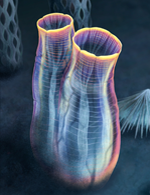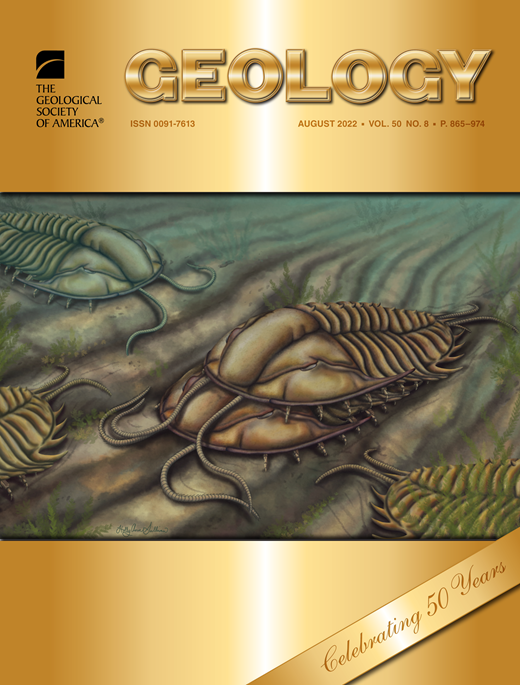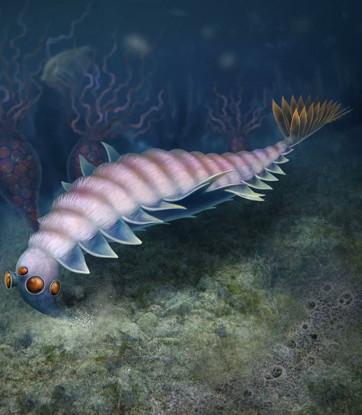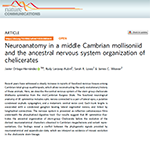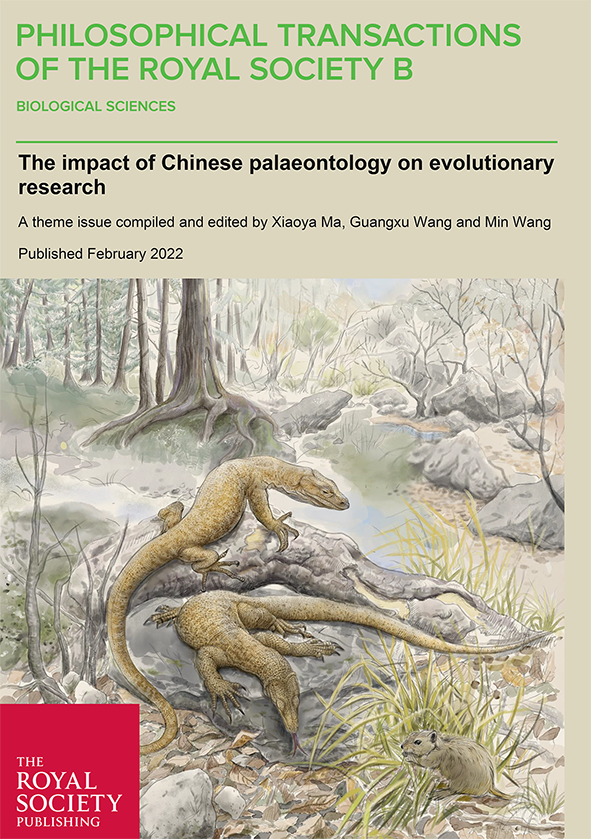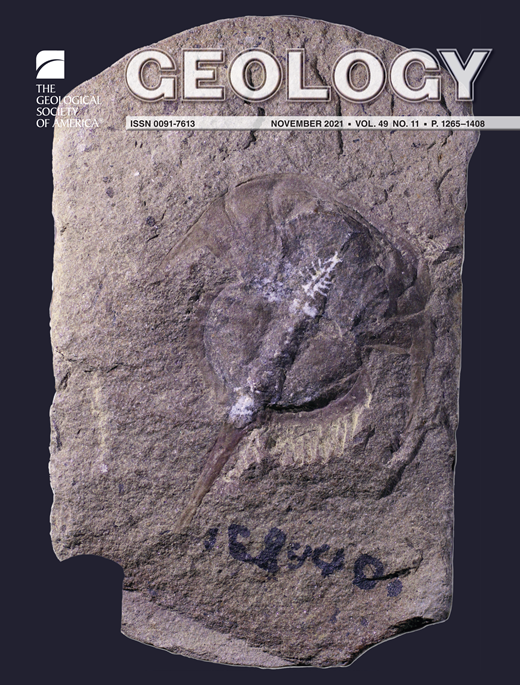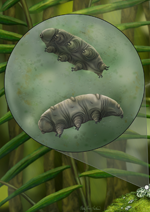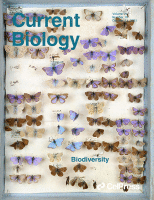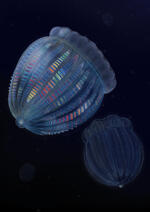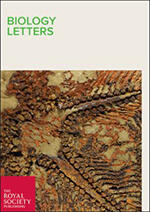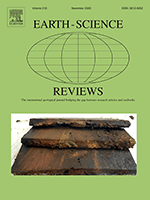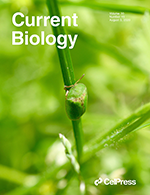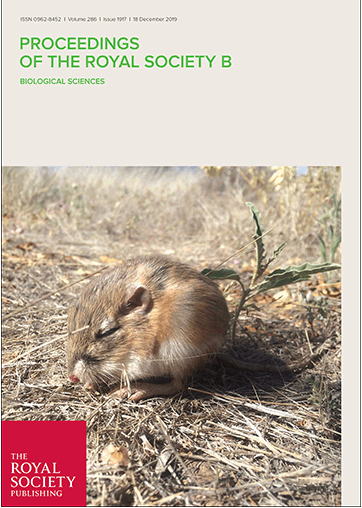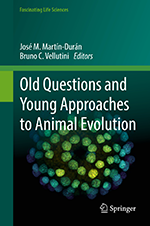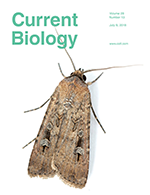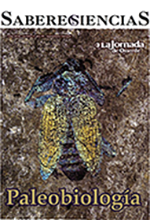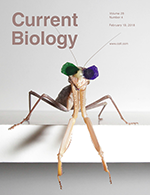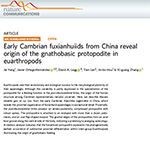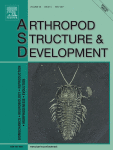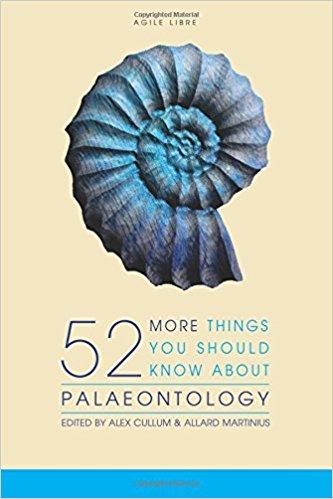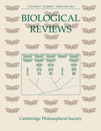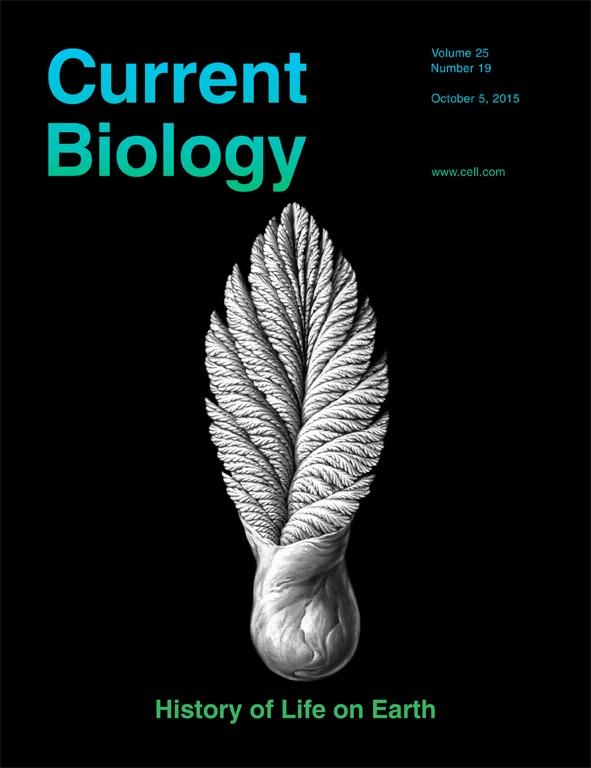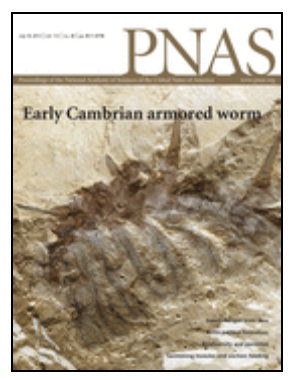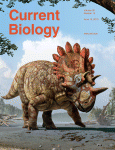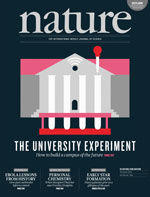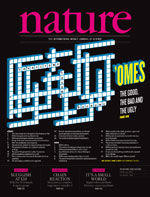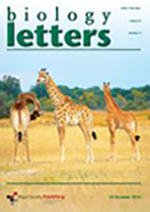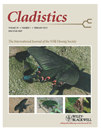Exceptionally preserved fossils provide critical information on the morphology and ecology of extinct organisms, but their formation remains poorly understood. Experimental taphonomy has produced critical insights that allow us to better understand preservation biases, but they typically do not reflect realistic depositional environments, employ destructive sampling, and are restricted to a two-dimensional setting. Here, we utilize micro-computed tomography to non-invasively visualize the process of decay of carcasses of the branchiopod Triops longicaudatus for a year of post-burial decay. The earliest stages of post-burial diagenesis are dynamic and produce marked differences in relative density within each of the experimental replicates affecting both the carcass and the surrounding sediment. After 64 weeks, specimens are still detectable as three-dimensional voids that capture the body in life position and external morphological features. Sediment plays a critical role in carcass stabilization and the resulting voids provide sites for mineral precipitation needed for exceptional three-dimensional fossilization.
Copyright © 2024 The President and Fellows of Harvard College | Accessibility | Digital Accessibility | Report Copyright Infringement

